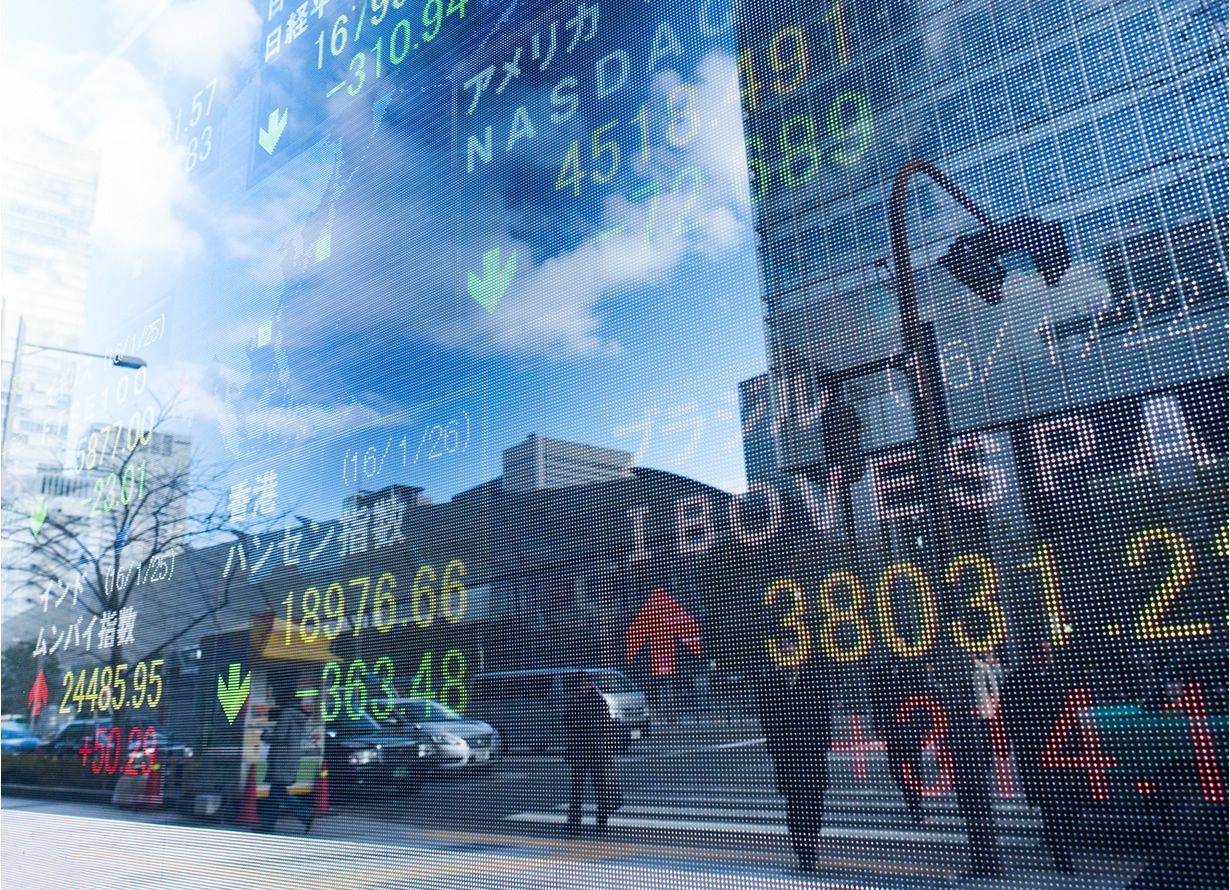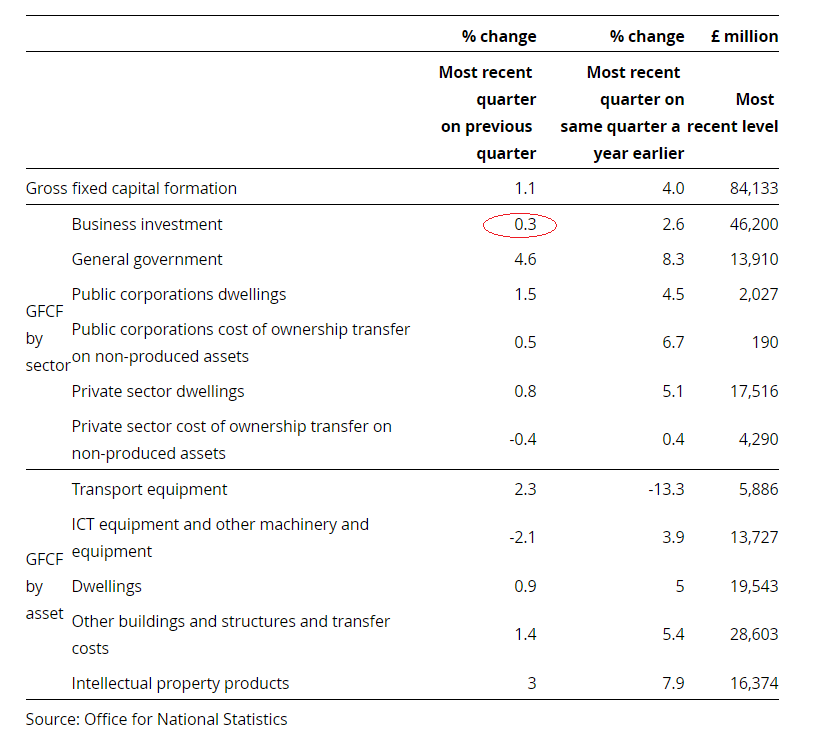Positive Surprise as UK Business Investment Revised Up 0.3% in Q4
- Business Investment in Q4 2017 revised up from 0.0% to 0.3%
- Positive sign for UK business conditions given the recent slowdown
- Overall growth remained at 0.4% quarter-on-quarter

© moonrise, Adobe Stock
The third and final estimate of Business Investment in Q4 2017 was revised up by 0.3% quarter-on-quarter on Thursday from 0.0%.
The data will be welcomed by the Bank of England which has set the UK economy on a course of higher interest rates on expectations that business investment and wages will rise through the course of 2018.
The data was contained in the ONS GDP series releaed on March 29 which showed the final estimates for UK Q4 GDP stood at 0.4%.
Business investment - which is defined as net capital expenditure by businesses within the UK - rose by 2.4% overall in 2017, and by 2.6% compared to a year ago i.e. Q4 2016.
This was well above second estimates of only 2.1% year-on-year which were expected to remain unchanged in the final revision and the previous Q4's rise of 1.9%.
Although still reflecting a slowdown from the 0.9% registered in Q3, the upwards revisions will lessen concerns that Brexit uncertainty has substantially bottle-necked new investment in the private sector. Indeed the data comes on the same day that the Lloyds Bank Business Barometer and the GfK Consumer Confidence Index are released, both confirm an uptick in sentiment on fading fears surrounding Brexit,
Business Investment is a subcomponent of Gross Fixed Capital Formation (GFCF) which additonally includes net capital expenditure by central and local government and capital expenditure on dwellings.
GFCF showed exceptionally strong growth: between 2016 and 2017, growing by 4.0%, the strongest annual increase of any G7 nation.
The table below shows the breakdown of GFCF with business investment circled in red.

Note that by far the highest rise within GCFC was in 'General Government' expenditure component in the third column down (4.6% QoQ, 8.3% YoY) - whilst Transport and Public Corporation Dwellings also showed large rises QoQ.
Compared to the fourth quarter a year ago, however, Intellectual Property Rights made a noteworthy contribution of 7.9%, though was down QoQ.
The detail revealed by the table seems to indicate that the Government rather than private corporations was mainly responsible for the boost to CFCF in 2017.
As far as the overall GDP revisions went, the final revision saw no change in the second estimate of Q4 GDP on a QoQ basis, which remained at 0.4%, although the YoY final estimate rose to 1.8% from 1.7%.
"Quarterly National Accounts confirmed that growth slowed in the fourth quarter of 2017, but growth now looks more balanced," said Paul Hollingsworth, UK economist at Capital Economics, commenting on the data overall.
The GDP data was described as "lacklustre" by Alex Lydall, head of corporate FX at Foenix Partners, who predicted "raised eyebrows" from market watchers after the Bank of England (BOE) talked up the possibility of an interest rate hike in the Spring.
Yet overall he did not think the data so disappointing as to shift the consensus away from a May hike.
"Quarterly growth of 0.4% is still modest despite many parts of the economy falling into place in recent weeks; Inflation and Wages have taken a bullish turn, supporting the notion that both McCafferty and Saunders propose - a rate hike immediately," says Lydall.
The Pound would likely moderate lower on the back of the data as it suggested a shallower rate hike trajectory compared to the US Federal Reserve and investors tend to favour currencies backed by higher interest rates, as they offer higher returns.
Get up to 5% more foreign exchange by using a specialist provider to get closer to the real market rate and avoid the gaping spreads charged by your bank when providing currency. Learn more here.



